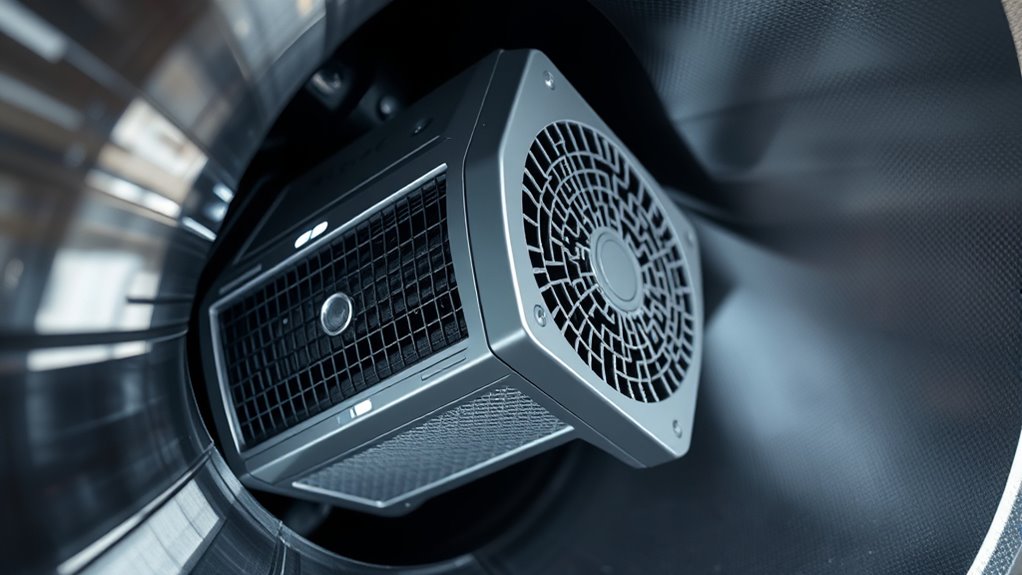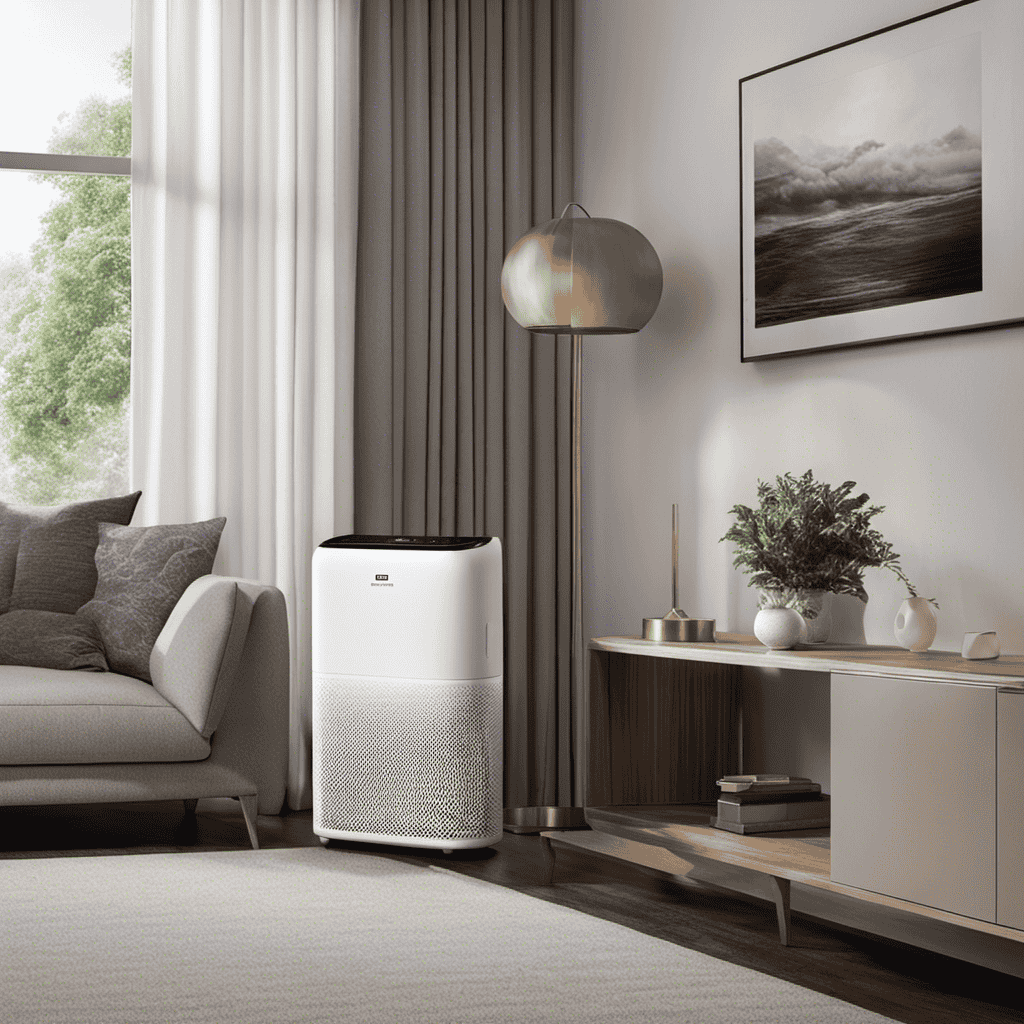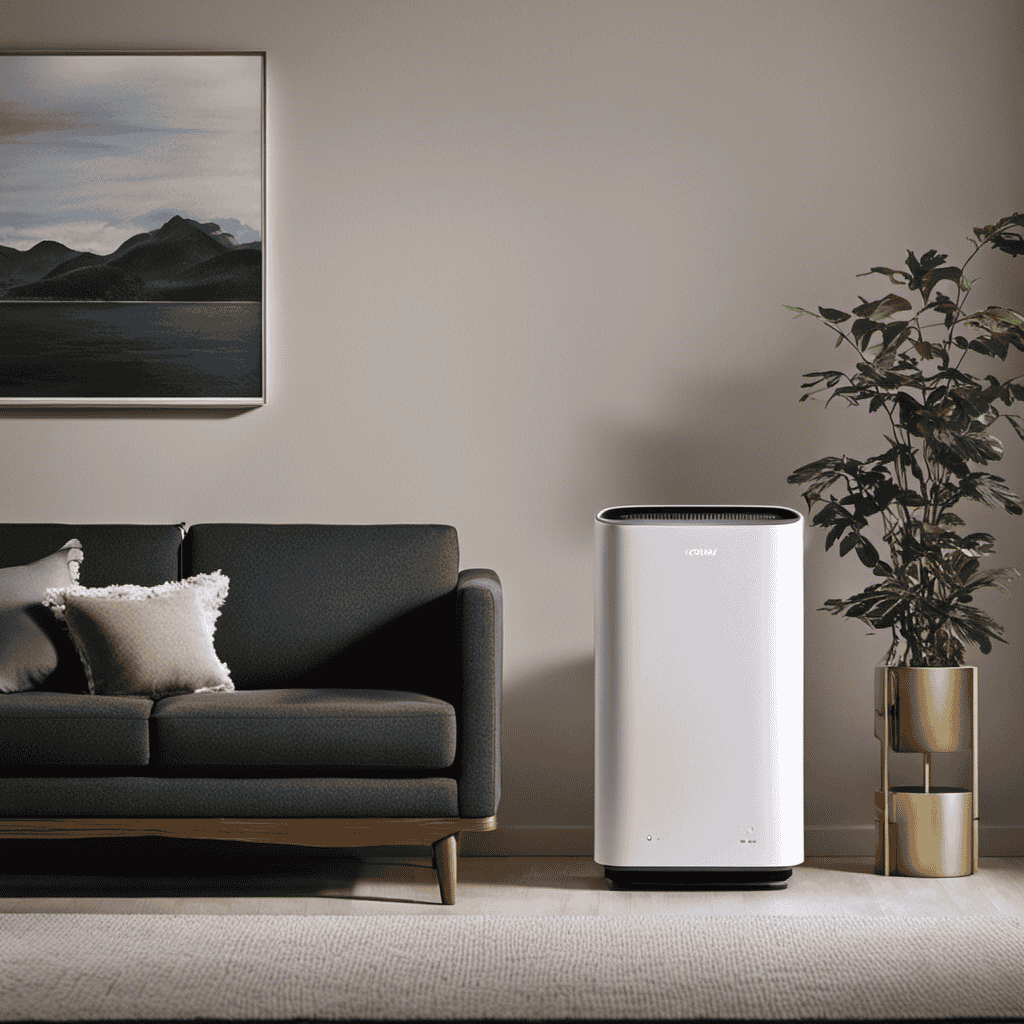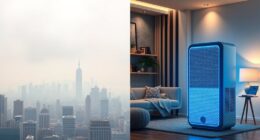A purifier in your HVAC system doesn’t lower static pressure—in fact, it can slightly increase resistance as it adds an extra filter or component. This additional resistance may impact airflow, especially if filters become clogged or are poorly designed. Properly maintained, low-resistance purifiers help minimize this effect. If you want to understand how static pressure influences system performance and ways to optimize it, keep exploring how HVAC components work together for better air quality and efficiency.
Key Takeaways
- Most HVAC purifiers do not lower static pressure; they may slightly increase it due to added filtration resistance.
- Properly maintained, high-quality purifiers can minimize static pressure increases.
- Static pressure depends on duct design and filter cleanliness, not solely on purifiers.
- Upgrading to low-resistance purifiers can help manage static pressure levels.
- Purifiers improve air quality but do not inherently reduce the static pressure in your HVAC system.
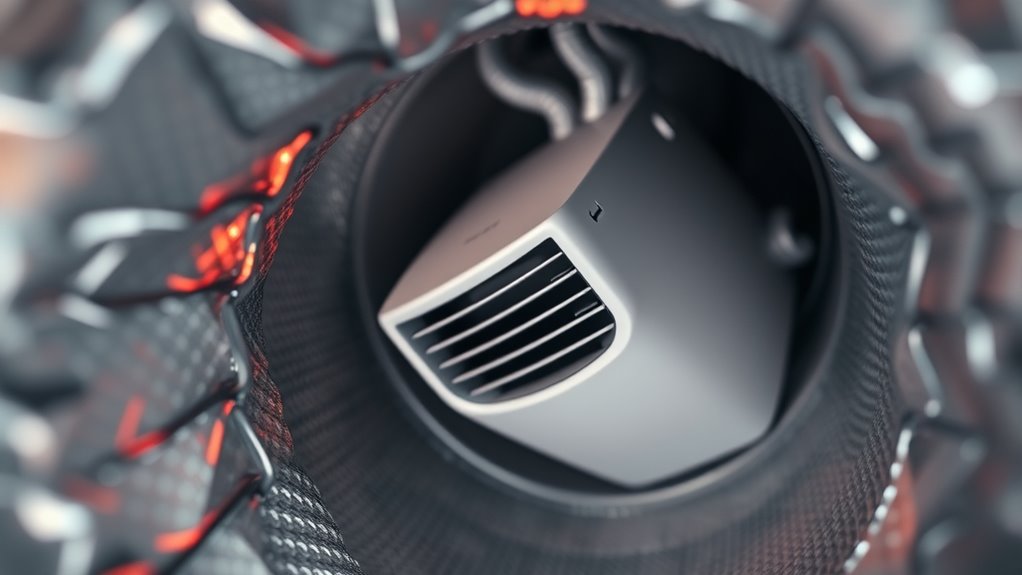
An HVAC purifier plays a crucial role in maintaining indoor air quality, but its effectiveness can be impacted by static pressure in your system. Static pressure refers to the resistance air encounters as it moves through ducts, filters, and other components. When static pressure is high, it can hinder airflow, making your system work harder and reducing overall efficiency. This can lead to poorer air quality because the purifier may not circulate or filter the air effectively. Conversely, a well-maintained system with balanced static pressure ensures that air moves smoothly through the purifier and your entire HVAC system, maximizing the benefits of cleaner air and better energy efficiency.
When you add an air purifier to your HVAC system, you might wonder if it will help lower static pressure. Generally, a standard purifier’s primary function isn’t to reduce static pressure but to improve air quality by capturing pollutants, allergens, and particles. In fact, some purifiers can slightly increase static pressure because they introduce an additional filter or component into the airflow path. This added resistance can sometimes make the system work harder, especially if the purifier’s filter is dirty or clogged, leading to increased static pressure instead of alleviating it.
However, there are strategies to manage static pressure while still enhancing air quality. For example, upgrading to a high-quality, low-resistance purifier or regularly replacing filters can help maintain ideal airflow. Properly sized and installed purifiers ensure that they don’t add unnecessary resistance, which helps keep static pressure in check. Keeping the rest of your HVAC system well-maintained—such as cleaning ducts and replacing filters—also supports better airflow and energy efficiency.
Additionally, understanding airflow dynamics can help you choose the right purifier and maintenance schedule to optimize your system’s performance. It’s important to remember that static pressure directly impacts your HVAC system’s energy efficiency. High static pressure forces your blower motor to work harder, increasing energy consumption and costs. By maintaining a balanced static pressure, you help your system run more smoothly, use less energy, and keep your indoor air quality high. An efficient system that maintains proper airflow ensures your air purifier can perform at its best, filtering the air effectively without putting undue stress on your equipment.
Frequently Asked Questions
Can a Purifier Increase My Hvac’S Airflow?
A purifier can boost your HVAC’s airflow by removing airborne particles that cause blockages, leading to better airflow enhancement. While it primarily improves air quality, it may also contribute to static pressure reduction if it helps prevent dust buildup inside ducts. Keep in mind, however, that some purifiers might slightly increase static pressure initially, so choosing a model designed for your system is key for ideal airflow and pressure balance.
Does Installing a Purifier Affect Filter Replacement Frequency?
Installing a purifier can impact your filter replacement frequency by improving air quality and reducing airborne particles. When your air is cleaner, your filter may last longer because it doesn’t get clogged as quickly. However, if your purifier works too well, it might trap more particles and require more frequent replacements. Keep an eye on your filter’s condition to balance maintaining good air quality and extending its lifespan.
Are There Specific Purifier Models Better for Static Pressure Issues?
If you’re seeking airflow improvement and better filter longevity, some purifier models are designed to minimize static pressure issues. Look for units with low-resistance filters and high airflow capacity, which help prevent increased static pressure in your system. These models guarantee your HVAC runs smoothly, maintaining proper airflow and extending filter life. Research specific brands and features to find a purifier that effectively addresses static pressure concerns without compromising performance.
How Does Purifier Maintenance Impact Static Pressure Levels?
Think of your HVAC system as a busy highway; when purifier maintenance is neglected, airflow reduction becomes a traffic jam. Clogged filters hinder air movement, increasing static pressure. Regularly changing or cleaning your purifier prevents filter clogging, ensuring smooth airflow and preventing pressure buildup. Proper maintenance keeps your system running efficiently like a well-oiled machine, avoiding unnecessary strain and costly repairs down the road.
Can a Purifier Cause Noise or Vibration in My HVAC System?
A purifier can cause noise or vibration if it creates airflow restriction, which can lead to increased system resonance. When airflow is restricted, your HVAC system works harder, potentially causing vibrations or unusual sounds. Proper installation and regular maintenance help minimize these issues. If you notice persistent noise or vibration, check the purifier’s placement and make sure it isn’t obstructing airflow, preventing system resonance and maintaining smooth operation.
Conclusion
In the end, installing an HVAC purifier can help improve air quality without necessarily lowering your system’s static pressure. Remember, don’t put all your eggs in one basket—balance is key. Regular maintenance and proper filter choices matter more than chasing a quick fix. Keep your system running smoothly by staying proactive. After all, a stitch in time saves nine, so take care of your HVAC now to avoid bigger problems later.
